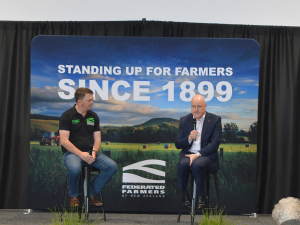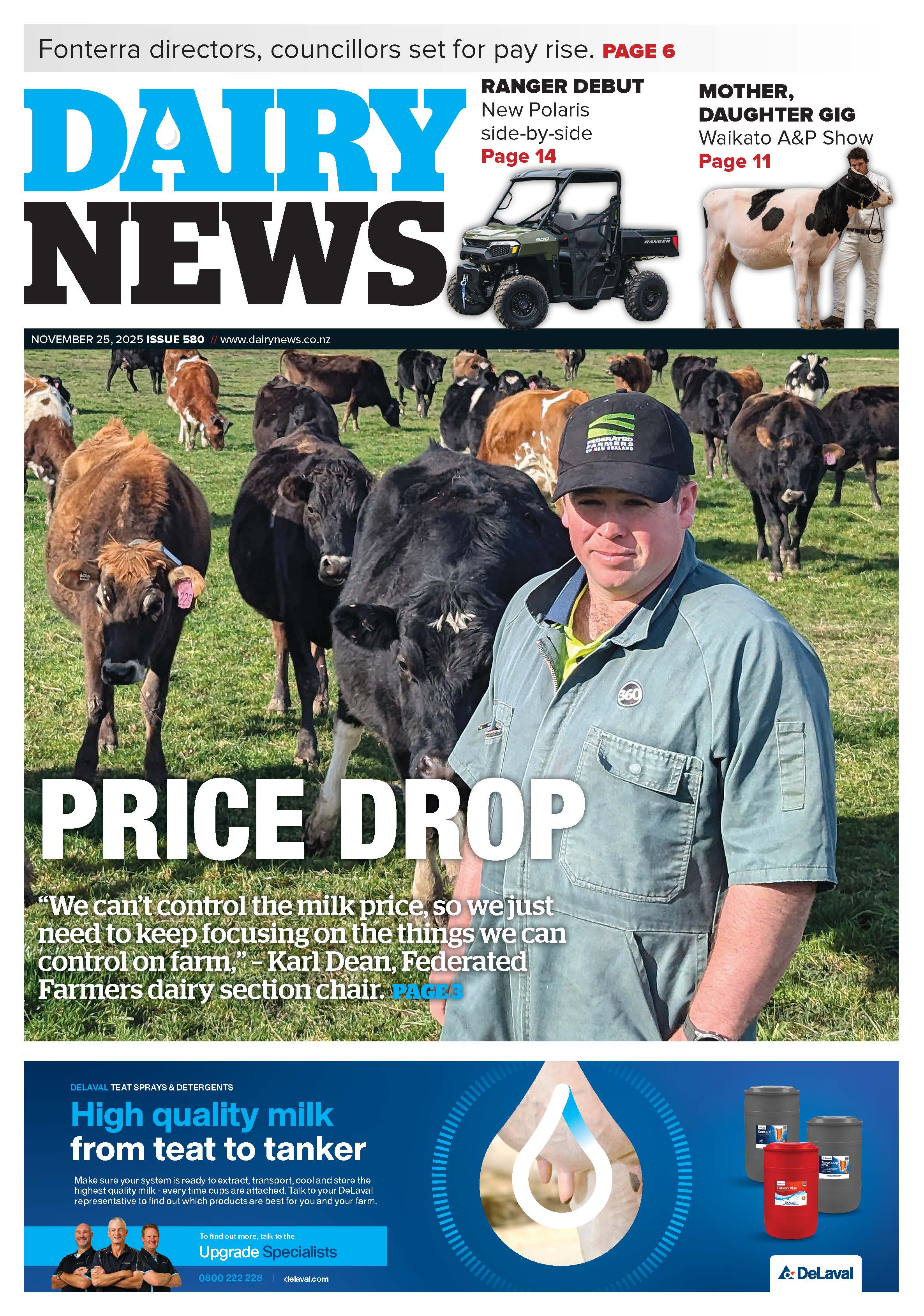A recent University of Auckland study shows that students from rural schools are at a disadvantage when attempting to gain university entrance.
The study, published in the Journal of the Royal Society of New Zealand earlier this month, compared NCEA and university entrance attainment rates across secondary schools from 2012 to 2021. It found rural high school had lower pass rates and marks than urban high schools.
Lead author Dr Kyle Eggleton, who is Associate Dean (Rural) at the University of Auckland, says there are a myriad of reasons why rural students may not be achieving university entrance at the same level as their urban counterparts.
“It relates to different demographic characteristics between rural and urban. So, you’re more likely to have socio-economic deprivation in rural areas so the deciles are different between urban and rural,” Eggleton told Rural News.
He says another issue at play is that rural areas have higher populations of Māori people “and we know that Māori are discriminated against in the education system”.
Eggleton claims this is because teachers may not offer as supportive a learning environment to Māori students as they would to students of other ethnicities. Additionally, he says, differing characteristics between urban and rural schools are having an impact as well.
“The majority of schools in rural areas are co-educational public schools whereas only about 60% of urban schools are co-educational and public. There’s a higher percentage of private schools and single- sex schools and they have different resources that go into them.”
Eggleton says the issue of fewer students being able to gain university entrance has significant ramifications for the country on the whole. He adds that it will have an impact on the size of the rural workforce when it comes to subjects – like medicine – which require university entrance.
“It’s going to impact on our rural workforce because one of the key drivers of a rural workforce is having rural origin students,” Eggleton says. “You’re one and a half times more likely to work rurally if you come from a rural background so it’s a really important thing for us at the medical school to get rural students to come in,” he says.
The lower achievement for rural students is also considered a major issue by the Ministry of Education (MOE), says Andy Jackson, deputy secretary, policy.
“Regardless of where you live and go to school, all our young people should have the chance to succeed at school,” Jackson says.
He told Rural News that one of the biggest challenges facing the sector at the moment is the retention and participation of students who are at risk of leaving school without any qualifications.
“Secondary-Tertiary Partnerships (STPs or Trades Academies) play an important part in addressing this risk,” Jackson adds.
He says that STPs provide students with an alternative pathway to gain skills and qualifications.
“They enable young people to combine school and tertiary study through a range of tradesbased and technology training options. This means that our kids have more choices to explore and more opportunities to achieve.”
Under Review
The MOE is currently undertaking a review of achievement standards offered to NCEA students (Years 11-13).
Jackson says this includes the creation of new standards designed to show clearer pathways for further education, employment and training.
“For rural students, this means designing learning and assessment opportunities that work for them as well as showing how future study can open doors to jobs which might not feature in their local community,” he told Rural News.
“Many rural schools are part of Virtual Learning Networks (VLNs). These networks are clusters of schools that collaborate to use digital technologies to enhance learning outcomes and opportunities. VLNs can support schools to share expertise with other schools in their network so students can access additional NCEA subjects through online learning,” he adds.
But Eggleton believes that may not be enough.
The University of Auckland study makes a number of recommendations. These include an equity focus for rural entry pathways, specifically targeting rural Māori students in Māori admission pathways, pre-programme preparatory courses in rural high schools and increased funding for rural high schools.
“It is clear that more needs to be done to address the educational attainment inequities faced by rural students, particularly rural Māori students,” Eggleton says.



















